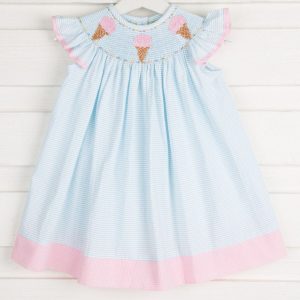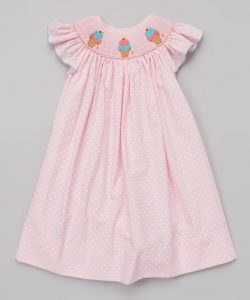Over the course of the 18th century in portions of England and Wales, a smock-frock or smock was an outer garment usually worn by agricultural labourers, particularly shepherds and waggoners in the countryside. Today, the term “smock” refers to a loose overgarment meant to protect one’s clothing, such as that worn by a painter to protect his or her clothes.
What does smocked mean in clothing?
Smocking is the term used to describe the work done before a garment is assembled. It usually entails shrinking the breadth of a piece of fabric to one-third of its original width, however the reduction might be less drastic with dense textiles.
Why is it called a smocked dress?
It is believed that the term “undergarments” was first used to describe to the linen shirts worn by both men and women during the Elizabethan era, which were used as underwear at the time of their invention. After a long period of development, its definition was finally established and affixed to the ornate stitched clusters that surrounded the collars of these shirts.
What is a smock style?
In the nineteenth century, the smock style, which was originally worn by labourers, became a fashionable style for children’s clothing as well as adults. Among the characteristics of this style are its voluminous silhouette that hangs freely on the body and the ruched fabric, which can be found on the shoulders and bust area of most models.
The cuffs, chest, and waist sections of the clothes were the areas of the garments that were typically smocked with a contrasting fabric. A loose fitting type dress would be created, and this would become a traditional design trend for the time period in which it was worn. Stitching smocked garments takes a lot of time and effort, and it’s not an easy task.. We hope this article was useful and you found the answers to your questions. To find the most suitable smocked dress just visit the Trotters website.











